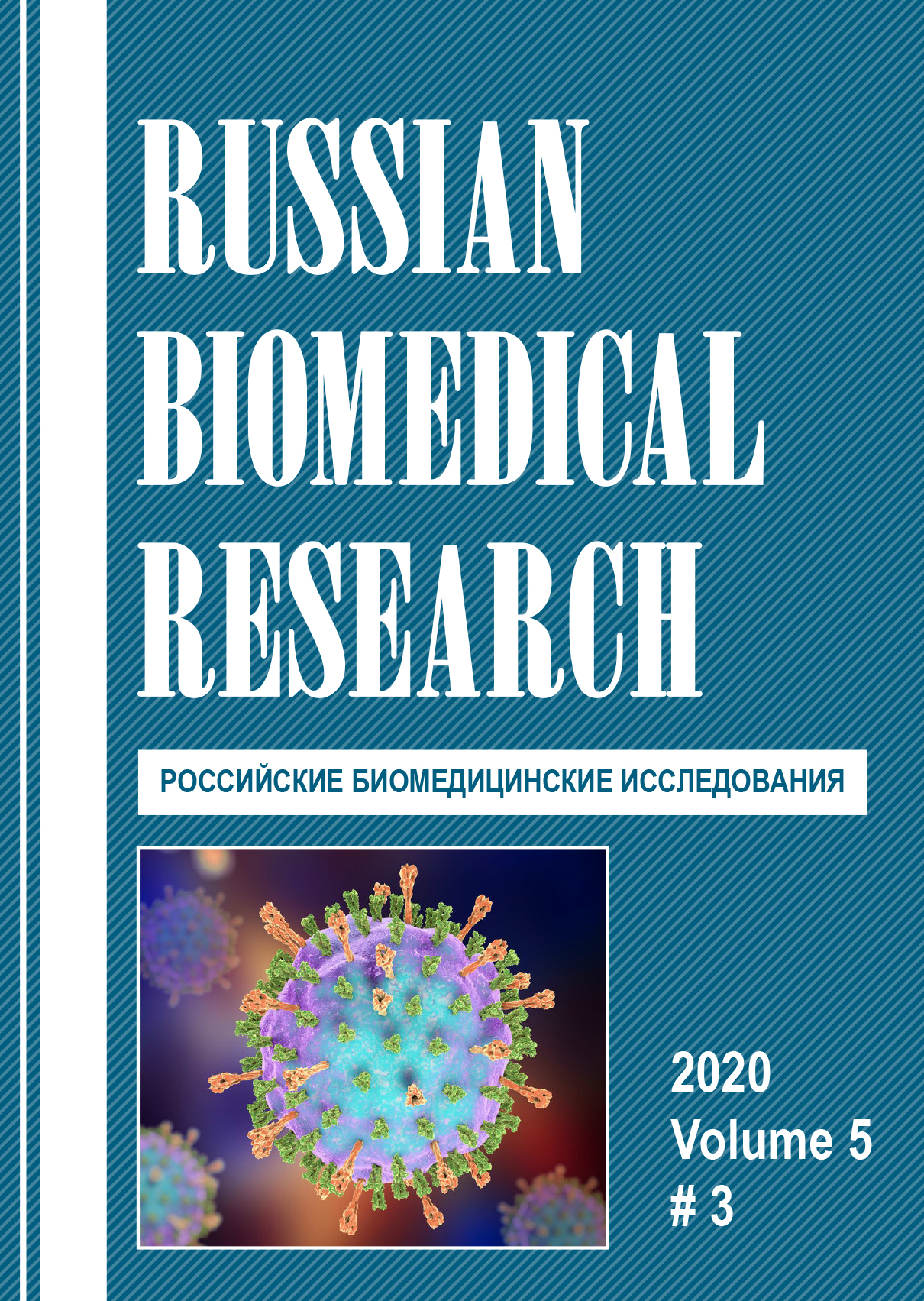LYMPHANGIOGENESIS MECHANISMS IN EMBRYOGENESIS AND THE LYMPHATIC VESSELS’ HEREDITARY PATHOLOGY. REVIEW
Abstract
The review describes basic molecular mechanisms of the formation of lymphatic vessels in ontogenesis. Morphological evidence has been obtained that the lymphatic endothelium is derived from both “venous” and “non venous” precursors in different embryonic tissues. The role of lymphangiogenesis in the development of hereditary pathologies of the lymphatic system is analyzed. The formation and specification of lymphatic endothelium is dependent and controlled by a number of proteins: Prox1, CCBE, VEGF-C, VEGFR-3 and CCBE1, CoupTFII, Gata2 and Hhex, and others at a later stage of development. Observation of lymphagenesis on a model object [zebrafish] showed that the synthesis of the transcription factor Prox1 is critical in the formation of lymphatic system. If it is blocked, then with the normal development of the circulatory system, the lymphatic system does not form. In turn, the synthesis of Prox1 leads to an increase in another transcription factor, the Sox18 protein, the mutation of which leads to the formation of a rare hereditary hypotrichosis - lymphedema - telangiectasia syndrome, the consequences of which, among other things, are disorders in the formation of lymphatic vessels. Thus, the most severe pathologies are observed as a result of mutations of key proteins participating in lymphangiogenesis. Mutations in the VEGFR3 lymphogenous growth factor receptor, Sox18 transcription factor, FOXC2 and FAT4 gene are involved in different stages of lymphatic vessel formation and lead to various syndromes, the consequences of which are lymphedema.



